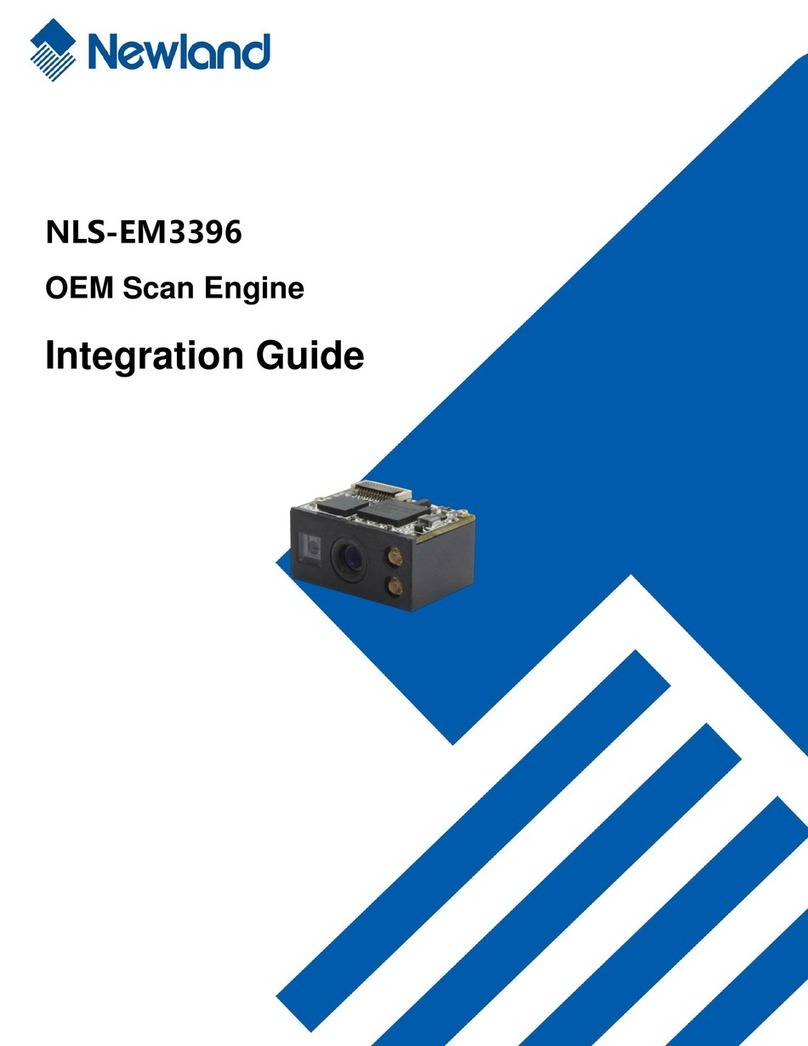
Table of Contents
Chapter 1 Introduction ...............................................................................................................................................1
Overview...................................................................................................................................................................1
Illumination ...............................................................................................................................................................1
Aimer........................................................................................................................................................................1
Chapter 2 Installation .................................................................................................................................................2
General Requirements .............................................................................................................................................2
ESD......................................................................................................................................................................2
Dust and Dirt ........................................................................................................................................................2
Ambient Environment...........................................................................................................................................2
Thermal Considerations.......................................................................................................................................2
Installation Orientation .........................................................................................................................................3
Optics .......................................................................................................................................................................3
Window Placement ..............................................................................................................................................3
Window Material and Color..................................................................................................................................4
Scratch Resistance and Coating..........................................................................................................................4
Window Size ........................................................................................................................................................5
Ambient Light.......................................................................................................................................................6
Eye Safety............................................................................................................................................................6
Mounting...................................................................................................................................................................7
Front View (unit: mm)...........................................................................................................................................7
Left View (unit: mm).............................................................................................................................................7
Bottom View (unit: mm)........................................................................................................................................7
Chapter 3 Electrical Specifications...........................................................................................................................8
Power Supply ...........................................................................................................................................................8
Ripple Noise.........................................................................................................................................................8
DC Characteristics ...................................................................................................................................................9
Operating Voltage................................................................................................................................................9
Operating Current ................................................................................................................................................9
Chapter 4 Interfaces .................................................................................................................................................10
Host Interface Connector .......................................................................................................................................10
Dimensions of the Host Interface Connector.....................................................................................................12




























